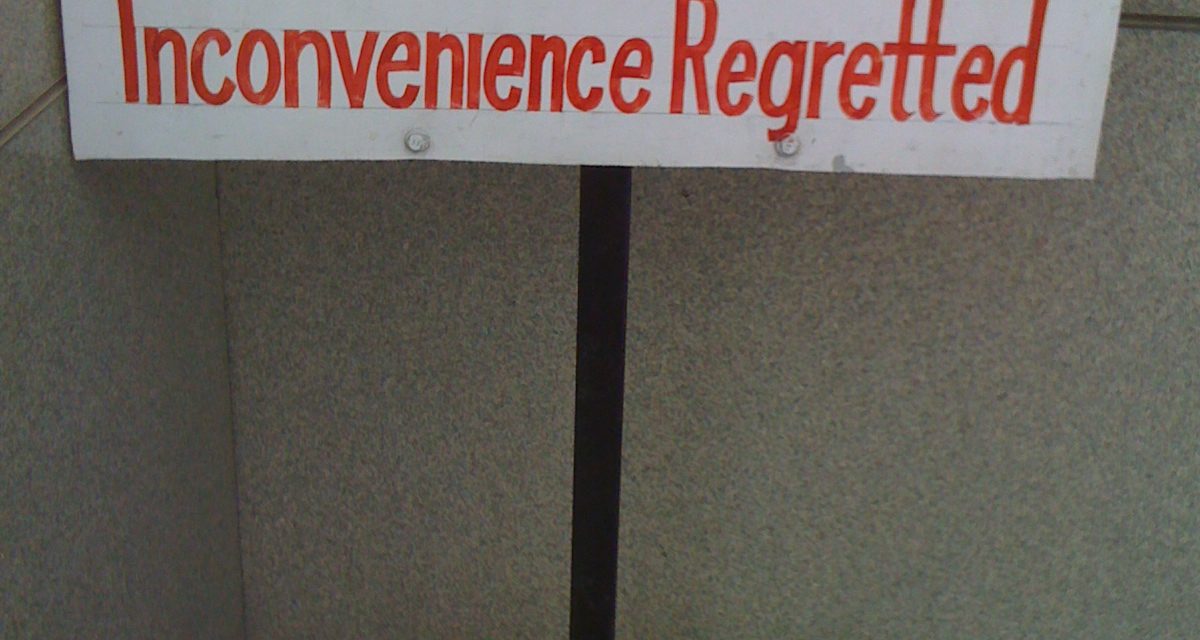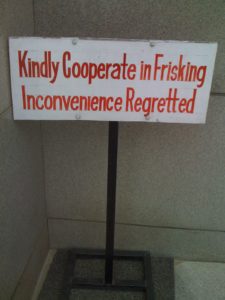It seems that there’s a constant stream of “travel tips” articles on the Internet. Everyone offers them — newspapers, travel guides, even the TSA. They all tend to re-circulate the same beginner tips — arrive at the airport early, don’t check luggage unless you absolutely have to, wear loafers or slip-on shoes to make security screening easier, concentrate your miles or hotel stays on single brands to gain status….
Assuming that many business travelers have mastered these introductory tips, let’s graduate to some advanced travel planning concepts. Every winning coach will tell you that the key to victory is preparation. It’s the same with a successful trip. Here are some road warrior “201” tips to keep in mind when booking your business travel:
- When shopping for flights, factor in the potential cost of a delay or cancellation when choosing between direct and connecting flights.
Especially now that the carriers are reducing flights, if you miss your connection, you may not get out until the next day — so your costs could include hotel room (airlines won’t pay for weather delays), meals, replacement clothes and toiletries for misrouted luggage…. Each business traveler’s price threshold is different, but for me, I have to see at least $150 in savings to even consider a connecting flight.
- If you’re stuck with a connection, allow enough time between arrival and departure gates.
In hubs like Denver or Dallas or Frankfurt, airlines will offer a connection time of as little as 45 minutes. Don’t take it! It means you’ll have 15 minutes to get off your full plane, race through the terminal packed with people wandering along four-a-breast, and have to find your gate before your flight begins to board. Any sort of traffic or weather delay and that 15 minutes is gone. Give yourself a break and save the stress — go for the 90-minute connection. Worst case, you have an extra 45 minutes to read a book or grab a beer. Cheap insurance against sleeping on the airport floor.
- Don’t just pick your seat when you book your ticket; pay attention to the size of the airplane.
As airlines roll out more regional jets, finding space for even a rollerbag briefcase can be a challenge. I watch people shake their heads in disbelief as they board a regional jet and look at the mini-overhead bins. And there isn’t enough room under the seat, either.
- When making your reservation, write down your confirmation numbers and keep them handy.
They’re the key pieces of data around which every reservation system revolves. When you’re talking to an agent at the front desk or on the phone, nothing signals that you’re an experienced traveler like offering up that confirmation number. I typically put my confirmation numbers in the Outlook appointment that then syncs to my iPhone. I put the flight reservation number in the subject line right after the flight number, and then put the hotel and rental reservation numbers in the notes of the appointment. One click and it’s all there. I also put the hotel address and phone number in the appointment notes for the same reason – one click and I can tell the cab driver where to go. One more click on my iPhone and I can dial the hotel. However you do it, have a system that gets you quickly to your reservation numbers without having to paw through a pile of paper.







